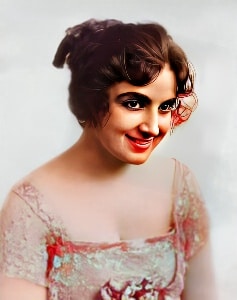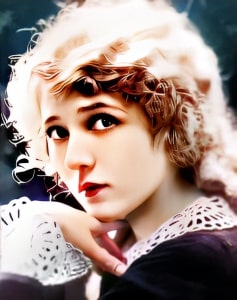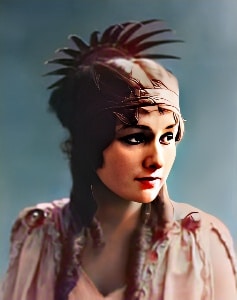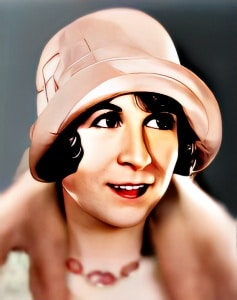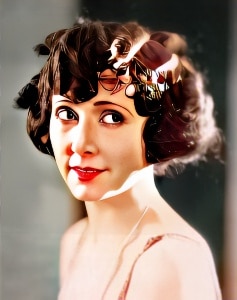 Mae Busch, born on June 18, 1891, in Melbourne, Australia, was a versatile and acclaimed actress of the early Hollywood era.
Mae Busch, born on June 18, 1891, in Melbourne, Australia, was a versatile and acclaimed actress of the early Hollywood era.
Her career in the entertainment industry spanned over five decades, making her one of the enduring figures of silent and early sound cinema.
Busch’s journey into the world of entertainment began at a young age when she joined her parents on the vaudeville circuit. Her early exposure to the world of theater laid the foundation for her later success in the film industry. Her transition to silent films occurred during the early 1910s, marking the beginning of a remarkable cinematic journey.
One of Mae Busch’s most iconic collaborations was with legendary comedian Stan Laurel and Oliver Hardy, commonly known as Laurel and Hardy. She appeared in numerous films with the duo, where her comedic talent and chemistry with the two comedians made her an essential part of their on-screen ensemble.
In addition to her work in comedy, Busch was celebrated for her dramatic roles. Her ability to convey deep emotions and portray complex characters allowed her to excel in a wide range of genres. She played pivotal roles in films like “The Unholy Three” (1925), directed by Tod Browning, and “The Red Kimono” (1925), showcasing her versatility as an actress.
One of the highlights of Mae Busch’s career was her role in the silent film “ Souls for Sale” (1923), directed by Rupert Hughes. The film is a poignant portrayal of the early days of Hollywood and the dreams of aspiring actors. In “ Souls for Sale,” Busch portrayed Flips Montague, a seasoned actress who mentors and befriends the film’s protagonist, Remember Steddon (played by Eleanor Boardman). Her performance in the film captured the essence of Hollywood during its formative years and added depth to the narrative.
As the film industry transitioned from silent cinema to sound, Mae Busch faced the challenge of adapting to the new medium. Her distinctive voice and acting abilities allowed her to make a successful transition to sound films. She continued to work in a variety of genres, proving her enduring talent and adaptability.
Mae Busch’s on-screen presence extended beyond her work with Laurel and Hardy. She collaborated with renowned directors and actors of her time, including John Ford and Lon Chaney. Her ability to establish genuine on-screen chemistry with her co-stars added depth to her performances and contributed to the success of her films.
Despite the challenges of the evolving film industry, Busch’s contributions to both silent and sound cinema continue to be celebrated and admired. Her performances in iconic films like “The Unholy Three” and “ Souls for Sale” showcase her ability to convey deep emotions on screen and leave an enduring legacy in the world of film.
Mae Busch’s career in Hollywood spanned a significant period of transition in the industry, but her impact on early cinema and her ability to capture the essence of her characters remain a testament to her enduring legacy in the world of entertainment. Her versatility as an actress, both in comedy and drama, solidified her place in the pantheon of early Hollywood icons, making her a beloved figure in the history of American cinema.

